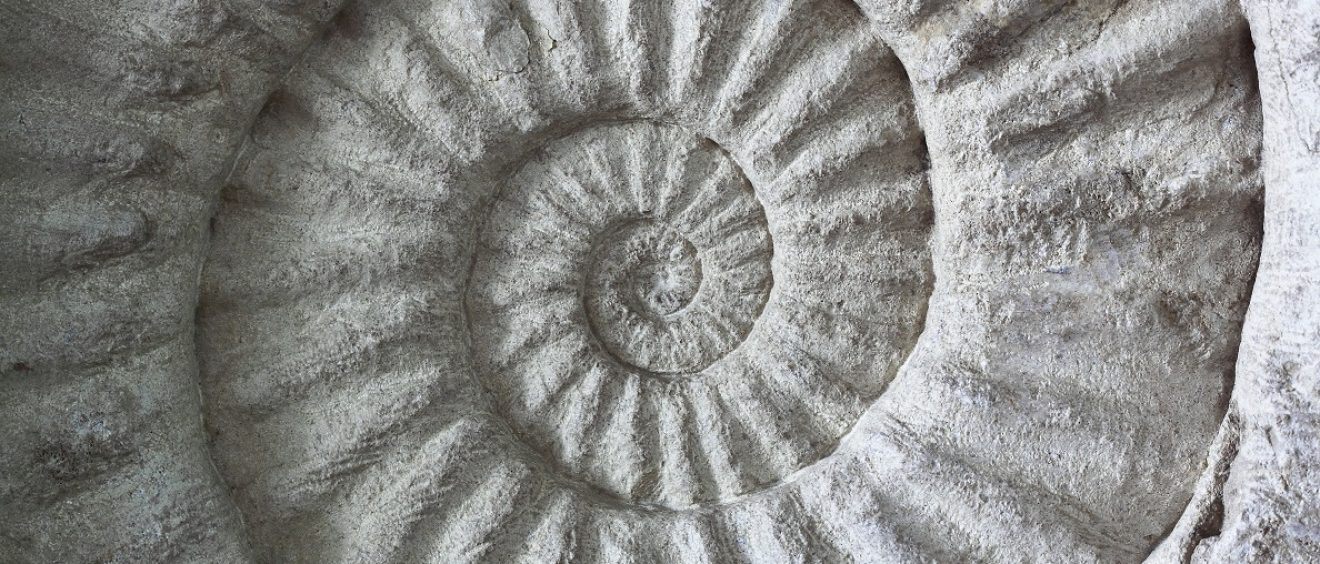
Evolve!
Cakra-s as a Map for Energy, Personality, Potential & Transformation
As we navigate the journey of life, there are times of re-evaluating our priorities and values, our challenges and their impact on our relationships, our goals, and how we derive the most meaning in life. Most of us have a deep calling to continue to evolve, to grow and to reach our fullest potential. The cakra model, derived from the ancient teachings of yoga, provides a roadmap for esoteric anatomy, energy, personality and spiritual consciousness.
Cakra means “wheels” or whirling vortices that take in, process and organize energy. In Western medicine, the cakra-s might be viewed as the nerve plexus in the physical body. In Western psychology, cakra-s might be viewed as a map to the development of the personality and self-actualization. In yoga, cakra-s are a model for human potential and spiritual consciousness.
“Cakra-s are a map of our disposition or character (svabhava) and a path to actualizing svarupa (true or essential self).”
– From Gary Kraftsow, author of Yoga for Transformation
Consider your spine or the space in front of the spine as the central power line or central channel of your body. Starting at the base of the spine is the 1st energetic area, one associated with the qualities of stability and strength and the earth element. The following chart provides more detail about the cakra-s, their approximate location, the main associated personality quality and the associated element:
|
|
Approximate
Location |
Personality Quality | Associated Element |
| Cakra 1 | Base of spine | Stability | Earth |
| Cakra 2 | Center of the lower pelvis | Enthusiasm | Water |
| Cakra 3 | Between navel and back waistline | Empowerment | Fire |
| Cakra 4 | Center of the chest | Love | Air |
| Cakra 5 | Center of throat space | Expression | Ether |
| Cakra 6 | Center of the space of the brain | Discernment |
All Elements Intelligence |
| Cakra 7 | Crown of the head | Inspiration |
Universal Consciousness |
The good news for our journey through life is that we can evolve. Within the ancient teachings are tools, methods, and practices for working with each cakra.
The heart of cakra practice is pranayama (breathing practices), chanting, and meditation. These are the most potent yoga tools for working with prana and for seeing and transforming our challenges and maximizing our potential. It’s hard to “down dog” your way into a better attitude or a more positive relationship with people you love.
While asana (yoga postures) may be integrated into cakra practice, the purpose is to create circulation in certain areas of the body, stimulate the flow of prana (life force) through the central channel, prepare the breath for pranayama (breathing practices), and prepare the body and mind for meditation. In other words, you “down dog” yourself into getting ready for the inner practices of yoga that have the most potential to transform obstacles and maximize potential.
A potent form of cakra meditation is bhuta suddhi. It is an ancient technique of cakra meditation that includes sustained focus on the elements. The goals of this type of meditation are to purify the elements, encourage the flow of prana (life force) through the central power line of the body and transform our samskaras (deep patterns and grooves).
Changing patterns of how we see ourselves and interact with others and developing a spiritual consciousness about all that we need to navigate in this human existence is evolution, the end result of cakra practice.
